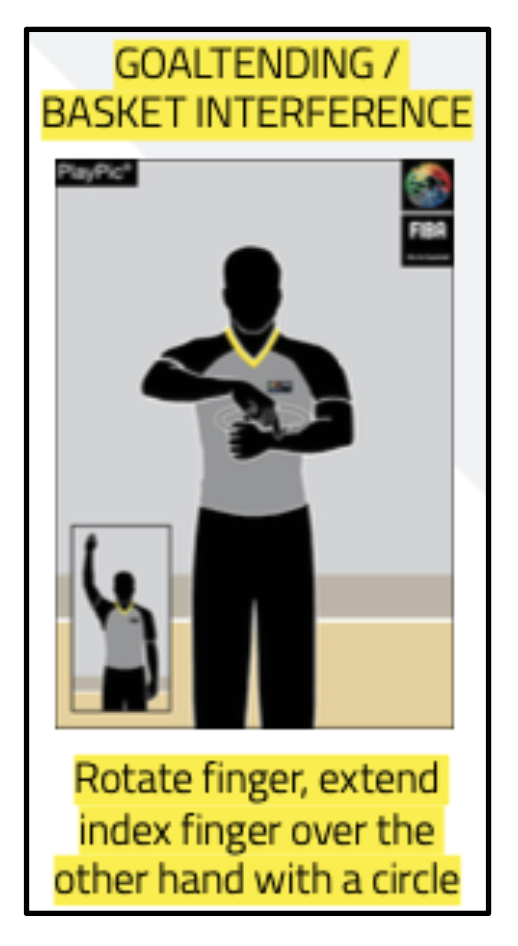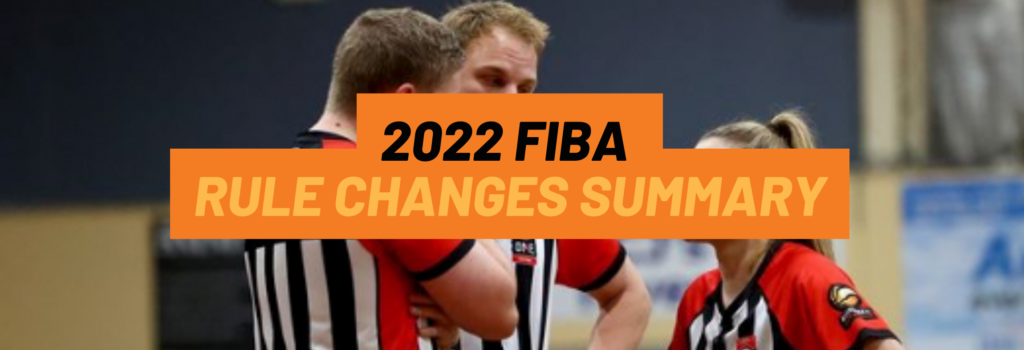RULE CHANGES
“Throw-in foul” and removal of C5 USF (Article 34 / 37)
Rule: 34.1.2 – A throw-in foul is a personal foul committed, when the game clock shows 2:00 minutes or less in the fourth quarter and in each overtime, by a defensive player on an opponent on the playing court when the ball is out-of-bounds for a throw-in and still in the hands of the referee or at the disposal of the player taking the throw-in.
The rule which previously governed the fifth criteria of unsportsmanlike fouls is no longer an automatic unsportsmanlike foul. What shall be called in this situation is a normal defensive foul with modified penalties – a “Throw-In Foul” shall be called instead.
A “Throw-In Foul” will result in one free throw for the player fouled and possession of the ball at the nearest point to where the foul occurred – not the location of the original inbound unless this is the nearest point.
The “Throw-In Foul” will apply regardless of the defensive team being in the foul penalty situation. All “Throw-In Fouls” in the last two minutes of regular and overtime will be one free throw and possession of the ball at the nearest point to where the foul occurred. This may occur more than one time in a sequence and at multiple times during the last 2 minutes.
Note: This does not mean unsportsmanlike fouls cannot be called in the last two minutes on a throw-in. The normal conditions for unsportsmanlike fouls may still be applied to players that deliberately grab an opponent or foul excessively.
Video example: https://youtu.be/0egtziuSDGw
C4 USF clarification
Rule: 37.1.1 (4th Bullet) An illegal contact caused by a player from behind or laterally on an opponent, who is progressing towards the opponent’s basket and there are no other opponent players between the progressing player and the basket, and
– The progressing player is in control of the ball, or– The progressing player is attempting to gain control of the ball, or – The ball has been released on a pass to the progressing player.
This applies until the offensive player begins the act of shooting.
Video example: https://youtu.be/e-v_5J9jgbE
SIGNAL CHANGES
Illegal Cylinder
This signal is used to demonstrate the specific action of a cylinder foul. The foul call itself can create confusion in the game as to why it was called and thus this signal endeavours to explain the nature of the cylinder foul.
Note: Although this is a new, FIBA-approved signal it is not recommended for use when reporting to the score table. A blocking or pushing foul are typically more descriptive and more accurate representation of actions that occur on the floor.

Goal tending / Basket interference
This signal is used to clarify what the referees’ decision is on the floor and why the basket will count or not, in a way explaining the violation to the game without need for excessive, unapproved hand gestures.
When executing the new signal following a goaltending or basket interference call, referees must use 3 different signals in the following order for uniformity and consistency of application:
1. Blow whistle and use stop the clock signal to stop the game.
2. Show the Goaltending/Interference signal.
3. Signal how many points shall count or if the basket will be cancelled
Video example: https://youtu.be/65PPNTIUTS8

ADDITIONAL
*There are no FIBA rule changes regarding the no-charge semi-circle, restricted area, or defensive semi-circle.
*There is a suite of FIBA rule changes from October 1, 2022. Although not all changes will apply to Basketball South Australia Competitions or directly to the officials on the floor, all Officials are expected to know these changes in full as part of their professional duty to the sport.

